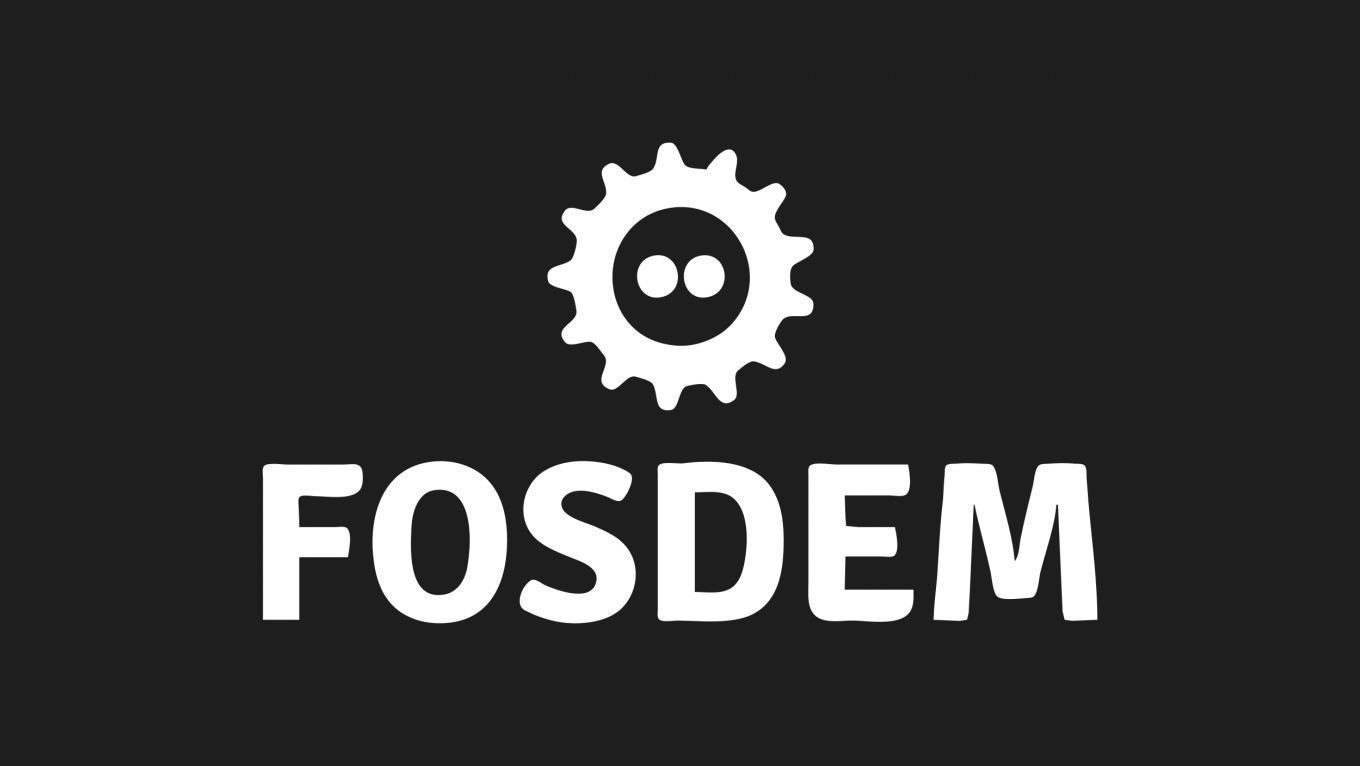Embedded, Mobile and Automotive
Oniro Blueprints for IoT devices
From open-source seeds to products
February 6, 2022
1:30 PM – 2:00 PM Add to calendar
1:30 PM – 2:00 PM Add to calendar
D.embedded
<p>In the Eclipse Oniro project, a distributed OS for consumer electronics,
we're proposing a collection of "blueprints" use cases and their implementations
using embedded software on reference hardware.</p>
<p>Today, we are going to explain our motivations for the blueprints' approach
and of course how to replicate and deploy firmware from sources and
why Oniro can be flexible to create the device of your dream.</p>
Oniro is an ambitious Eclipse project,
one of its challenges is to defragment existing IoT ecosystems.
To target a bigger heterogeneous range of IoT devices,
openness, flexibility, and interoperability,
should be enabled at the Operating System level.
Since the beginning of this versatile OS development,
a complementary blueprint concept was introduced
to be more aligned with different aspects of the software and hardware industry.
Blueprints are standalone projects that are addressing specific uses cases
by providing "semi final integration" that would make use of the underneath technology.
Those minimal viable products are not only used for demonstration or validation purposes,
but they can serve as a base to create production-ready solutions.
Blueprints also could inspire devices makers to address similar or more sophisticated use cases.
Today as we speak, our reference blueprints include
a vending machine, an IoT gateway, a door lock, keypad and more.
The results of our work are going to be demonstrated and we will be presenting
what is common and what differs.
Each of those achievements are targeting different uses case and different environments,
but many steps can be factorized from building process, customization to
security or IP compliance scanning.
Expect to see demos on how our Oniro project leverages other opensource projects
like Yocto/OE Embedded distribution, Linux and Zephyr Kernel, LVGL UI toolkit,
OpenThread mesh networking, Web of Things and more.
Additional information
| Type | devroom |
|---|
More sessions
| 2/5/22 |
<p>Once you start out in embedded linux, there is a lot to do. Some things are obvious, some less so. First and foremost, you can put your knowledge of using Linux on the desktop to good use, right? This approach feels like a natural progression, but it has its pitfalls - some of which this talk aims to help you understand and ultimately avoid.</p>
|
| 2/5/22 |
<p>DirectFB2 is a fork of DirectFB, a graphics library designed with embedded systems in mind that was widely used in the GNU/Linux embedded world. DirectFB2 comes with changes such as a Meson build system, a pure C implementation and a modularization of the source code.</p> <p>Access to the low-level display is based on a DRM/KMS system module (or possibly on a legacy Framebuffer system module), and depending on the platform, hardware-accelerated graphics rendering can be achieved using the ...
|
| 2/5/22 |
<p>I would like to share my experience bringing up various Automotive Ethernet Gigabit PHYs on an iMX8 platform.</p> <p>Agenda:</p> <ul> <li>PHY configuration CheckList (= What I need to know about my PHY, my schematic before starting the bring-up)</li> <li>SW implementation (= step-by-step SW integration + common pitfalls to avoid, mainly focused on Linux, but I talk also about U-Boot)</li> <li>Debug tips (= SW and HW tips)</li> </ul>
|
| 2/5/22 |
<p>RAUC is a safe and secure open source software solution for A/B updates of embedded Linux devices. RAUC supports industry-leading build system: the Yocto Project and OpenEmbedded, Buildroot and PTXdist. Porting RAUC to a new device requires several advanced technical steps. Layer meta-rauc-community exists to speed up and simplify the integration process for Yocto and OpenEmbedded by providing examples for popular devices such as Rasperry Pi, Allwinner (Sunxi), NVIDIA Tegra and QEMU.</p>
|
| 2/5/22 |
<p>In this talk, I will show you how to build and deploy ply (a dynamic tracing language for eBPF) to a BeagleBone Black then write ply scripts to attach probes and tracepoints to a running kernel and application on that same target. eBPF has rapidly eclipsed all previous tracers for Linux. While eBPF has taken the cloud native community by storm, the technology has yet to make significant inroads within the embedded Linux ecosystem. I will explain the reasons for this current situation and ...
|
| 2/5/22 |
<p>In this talk, pidge will take a critical look at the places where meta-zephyr succeeds and fails in its original goals, the reasons behind that and the steps being taken to fix those issues.</p>
|
| 2/5/22 |
<p>FPGAs are increasingly being used in today's embedded systems. But they are notoriously complex for having a difficult programming model. In order to counter this complexity, there has been a growing focus to design FPGA hardware at a higher level of abstraction with new languages and compilers. This talk will serve as "one stop shop" for topics related to these developments.</p>
|

